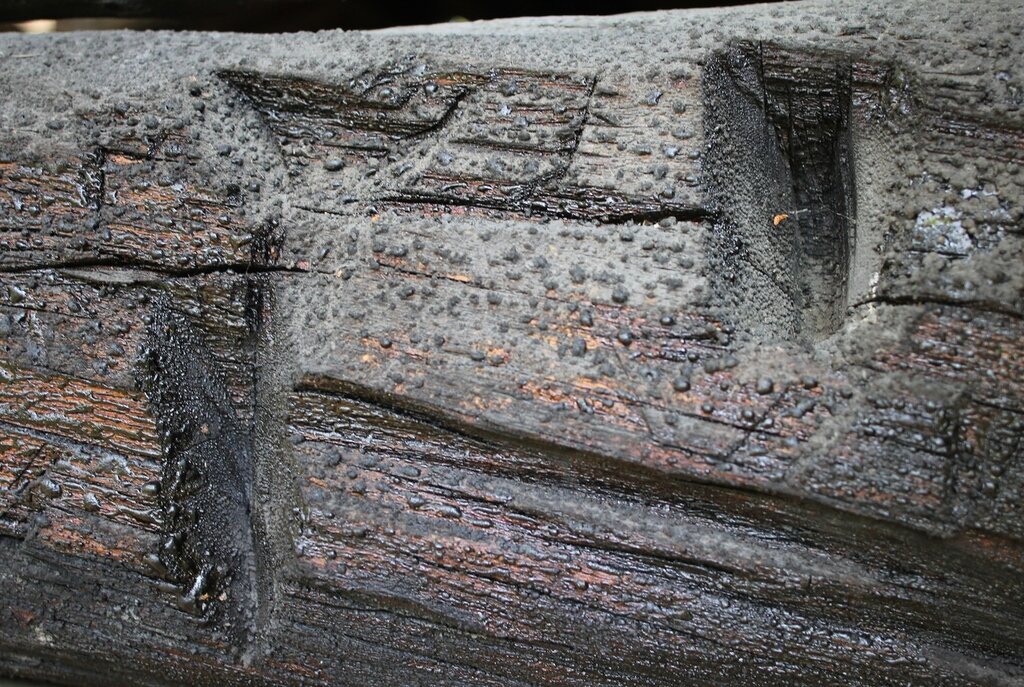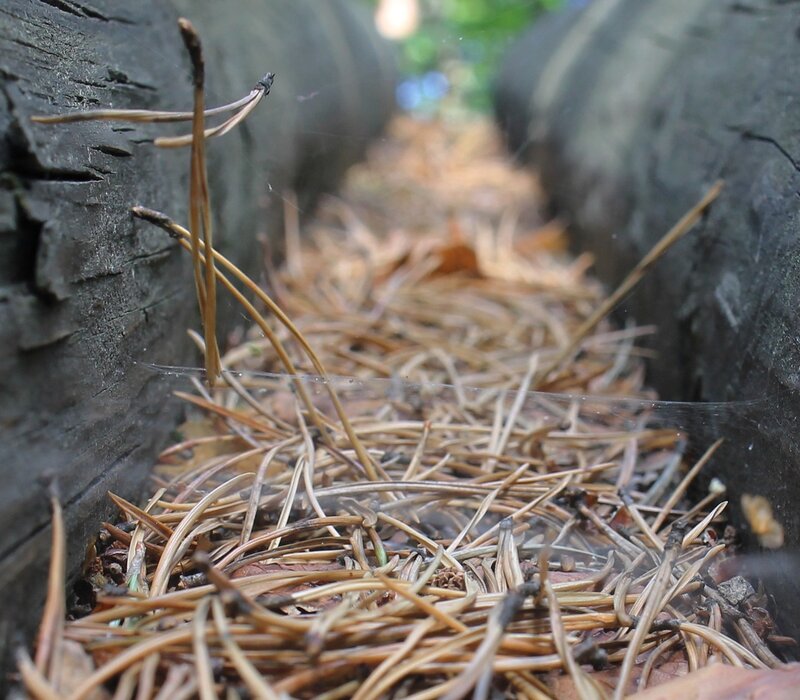The Post Office and the Charcoal Burner's hut
Next to the village school is the white house of the Royal post office.

Opposite you can see several old iron road signs - "mileposts" that stood on the post roads.


At the beginning of the 17th century, Norway became a major exporter of iron. As fuel for metallurgical furnaces, charcoal was used, and more and more of it was needed. Charcoal processing became an important source of income for farmers in southern and Eastern Norway in the pre-industrial era.

In the winter time in the woods there were stands of charcoal burners, consisting of simple buildings. The cabins were built without frills, with an open hearth on the dirt floor in the center of the room and benches for sleeping along the walls. With the onset of spring, when it was time for the farmers to return to work in the fields, the huts went into business - for firewood for coal.



The Northern gate of the Park was built in 1907 and for a long time served as the main entrance to the world's first open-air architectural Museum.

The safety of wooden buildings is first of all - throughout the territory there are fire hydrants equipped with an alarm system.
